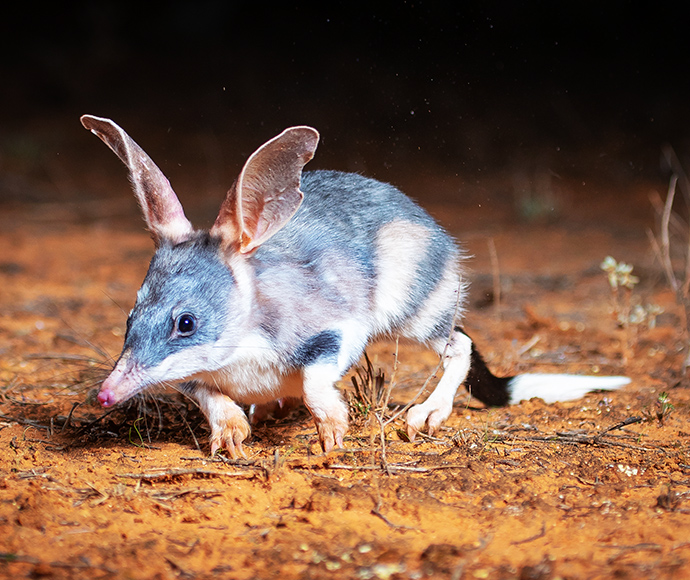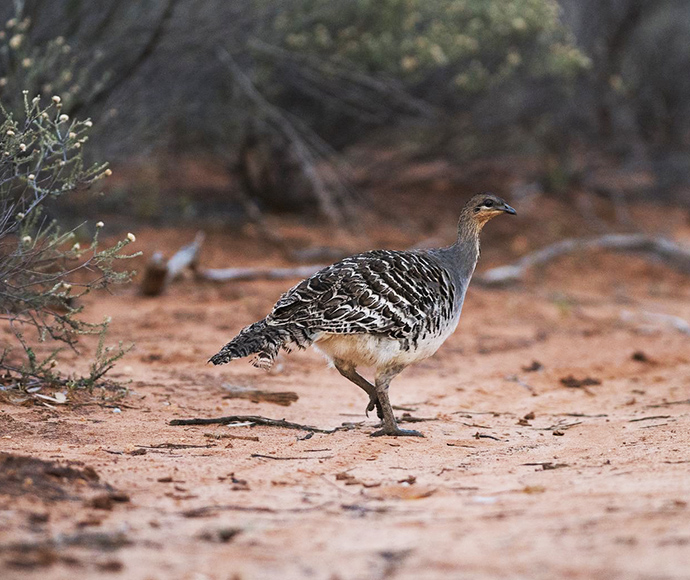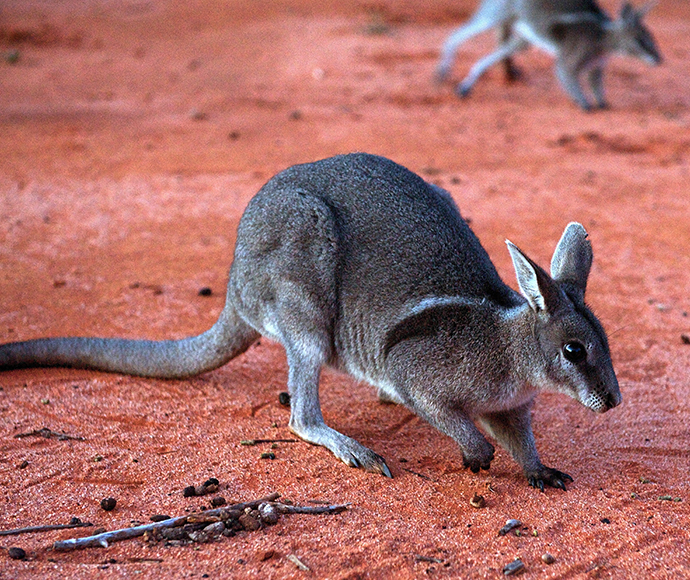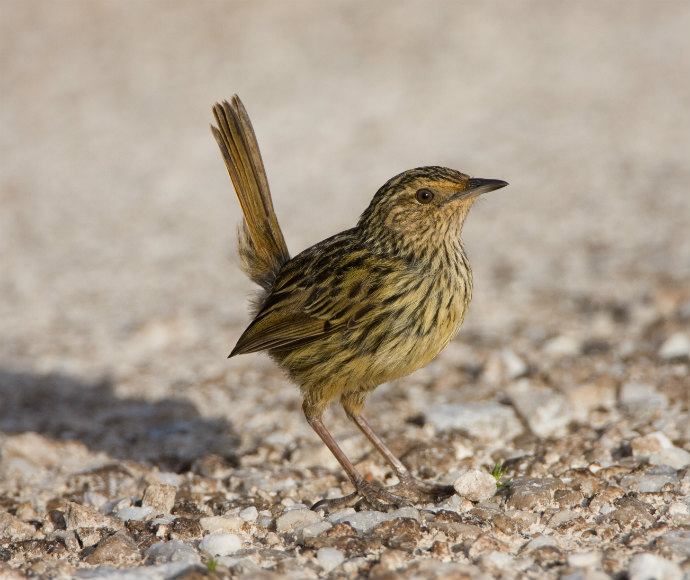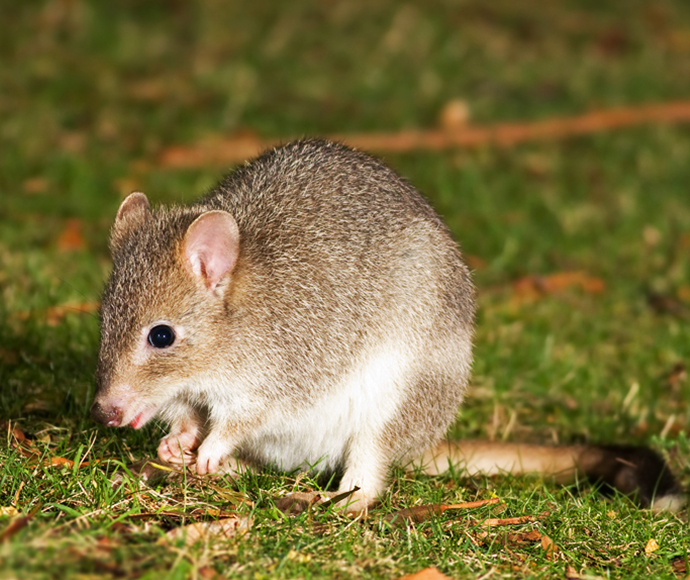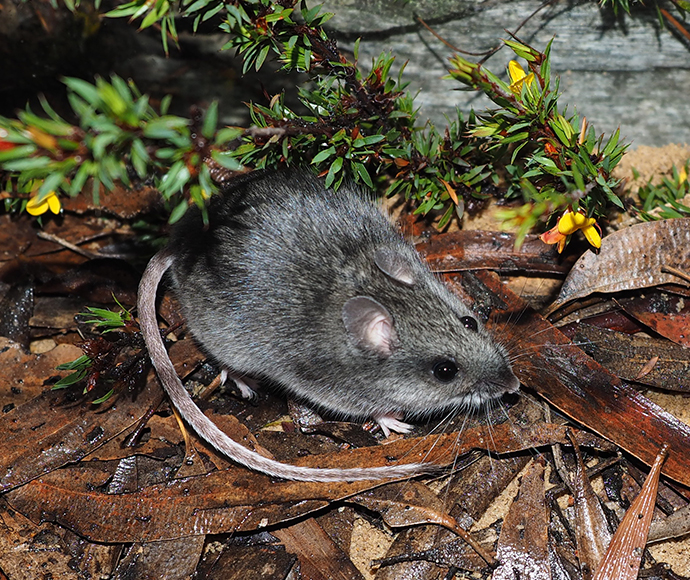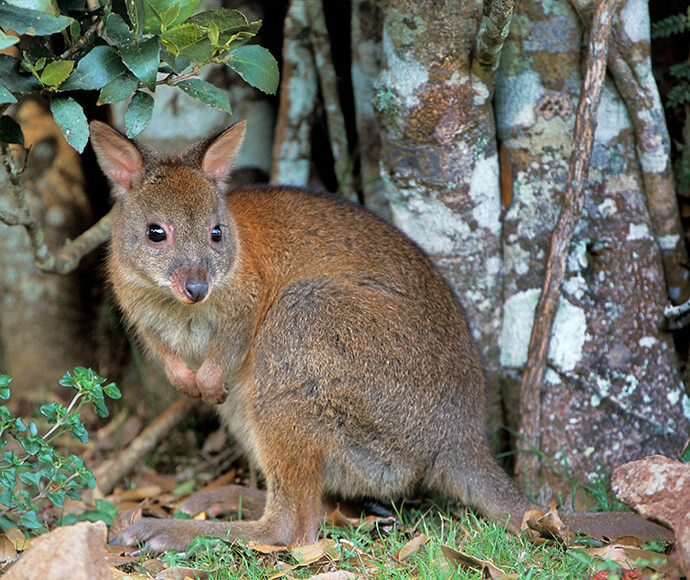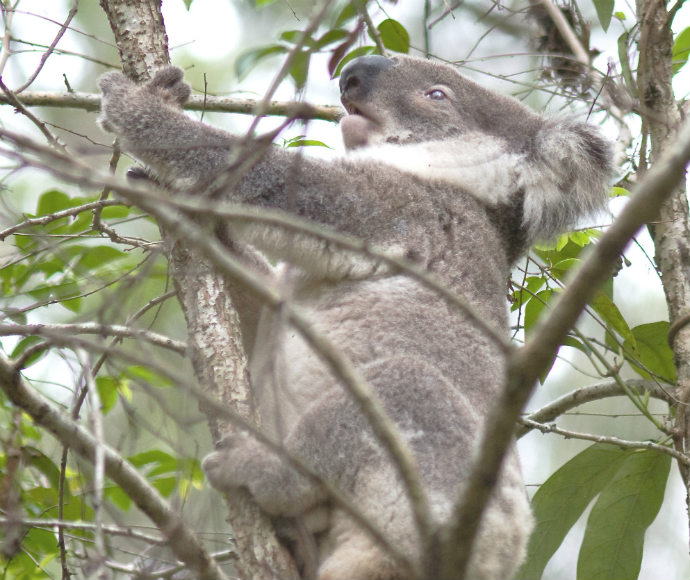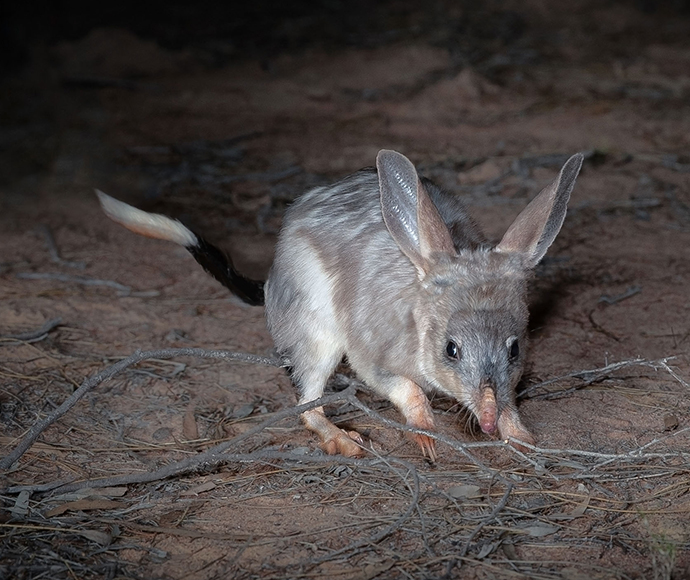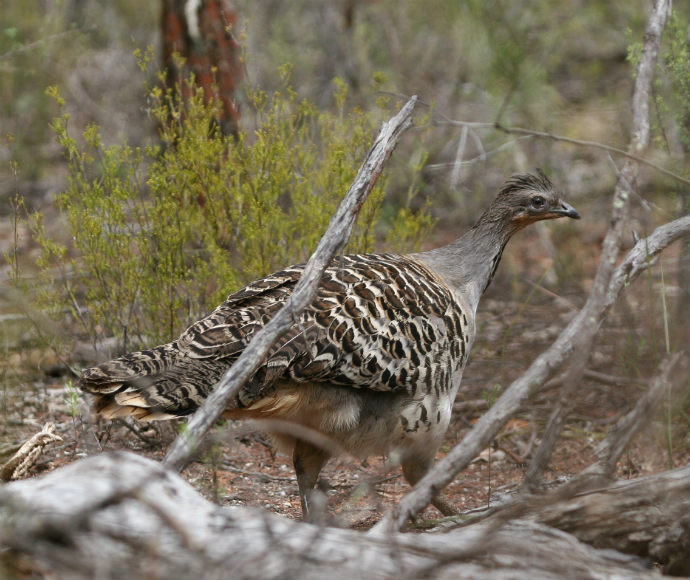Australia has the worst mammal extinction record in the world. In New South Wales, 14 bird species and 26 mammals have become extinct in the past 250 years.
Feral cats and foxes are the key drivers of the decline in most mammals, as well as bird, reptile and amphibian species. Feral cats alone kill more than 1.5 billion native animals each year. In New South Wales, cats – more than any other feral animal – are thought to impact 117 threatened species.
Establishing 4 new fenced areas
The plan will bring the total of fox-and-cat-free areas in NSW national parks to almost 65,000 ha, combined with the feral predator-free areas project's 3 existing fenced feral-free areas on national park estate managed in partnership with Australian Wildlife Conservancy and UNSW Sydney/Wild Deserts.
Announced in December 2020 by NSW Environmental Trust Chair and Environment Minister Matt Kean, this wildlife restoration project is one of the most significant in New South Wales' history.
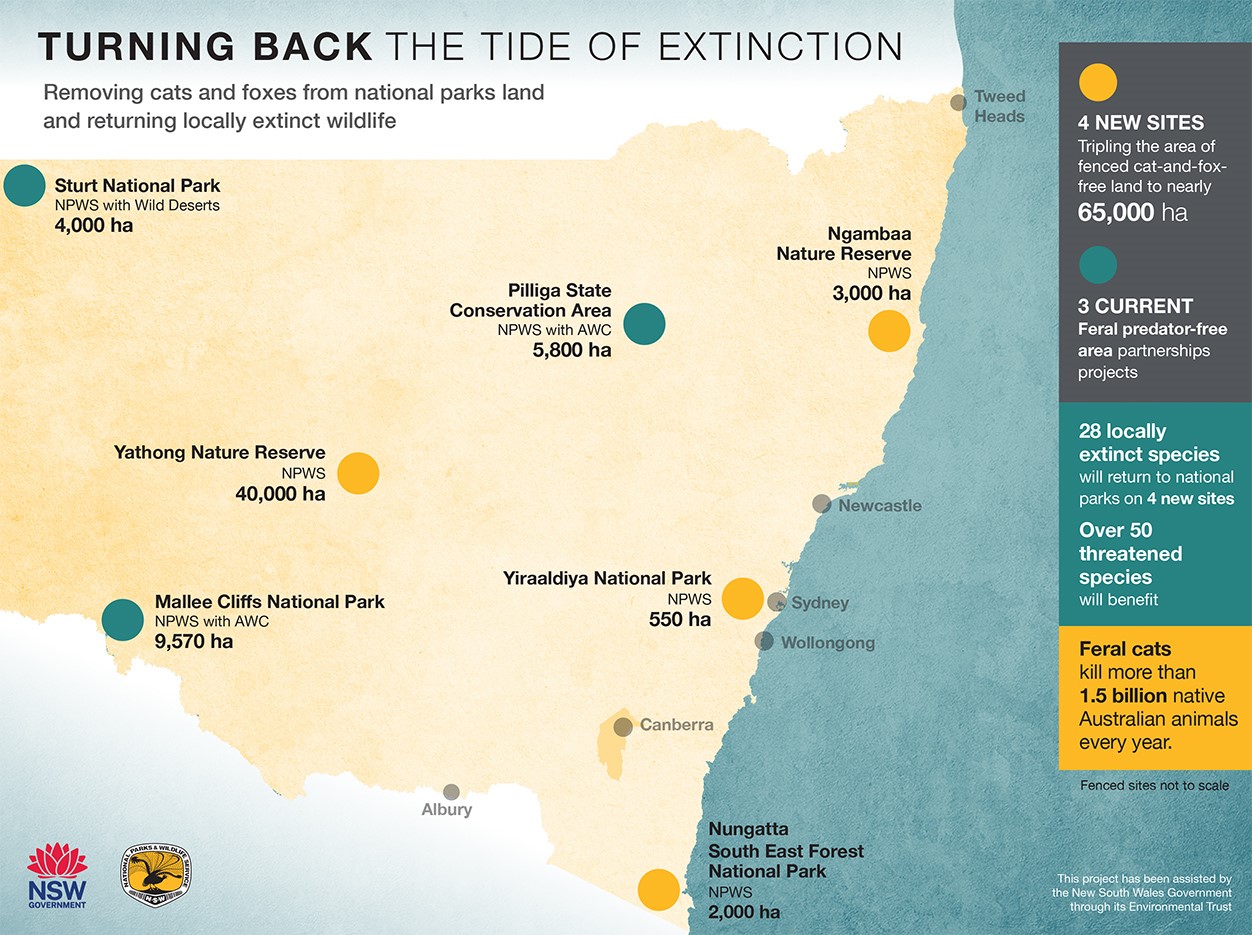
Map shows the 7 feral predator-free rewilding sites across NSW national parks estate.
Return of threatened and declining species
Establishing 4 new feral predator-free areas paves the way to return wildlife lost from our national parks due to feral cats and foxes.
More than 50 threatened species are expected to benefit, including 28 locally extinct species and more than 30 threatened species currently surviving in national parks.
The loss of native animals impacts the land. Species decline affects the overall health of ecosystems because many animals have important roles, including turning over soil, increasing water infiltration, seed and spore dispersal, and population management through predation.
The new locations include New South Wales' first feral-free sites in tall wet forests in north-east and south-east New South Wales.
The 4 new feral predator free areas
- Western Sydney– Yiraaldiya National Park, fenced area approximately 555 ha.
- Central NSW– Yathong Nature Reserve, near Cobar, fenced area approximately 40,000 ha.
- North East NSW– Ngambaa Nature Reserve, near Macksville, fenced area approximately 2,000 ha.
- South East NSW (Eden-Bombala region), estimated fenced area approximately 2,000 ha.
Over 50 threatened species are expected to benefit from the 4 new project sites. A total of 28 locally extinct species will be returned to national parks from which they have previously disappeared, including iconic species such as:
- the bilby
- the eastern quoll
- the eastern bettong.
In addition, more than 30 threatened species currently surviving in national parks will receive a major boost from the exclusion of feral animals, including bushfire affected species such as:
- the smoky mouse
- the parma wallaby
- the red-legged pademelon
- the malleefowl.
The Trust's grant will support the NSW Government and the National Parks and Wildlife Service (NPWS) to establish 4 new feral predator-free areas, expanding the total fox and cat-free area on national park estate to almost 65,000 ha.
Along with existing partners, the National Parks and Wildlife Service will be working closely with a range of key partners, including local communities and Aboriginal groups, Rewilding Australia-WWF, universities, the Australian Government and other state governments as part of an emerging national approach to rewilding.
Reintroduction of locally extinct mammals – 3 existing feral predator-free areas
- Pilliga State Conservation Area, near Baradine North West NSW, 5,800 ha fenced area delivered in partnership with Australian Wildlife Conservancy.
- Sturt National Park, near Tibooburra Far North West NSW, two 2,000 ha fenced areas delivered in partnership with UNSW Sydney's Wild Deserts.
- Mallee Cliffs National Park, near Buronga South West NSW, 9,570 ha fenced area delivered in partnership with Australian Wildlife Conservancy.
More information
- Turning back the tide of extinctions in NSW national parks
- Feral predator-free area partnershipsopens a new window
- NPWS Castlereagh Nature Reserveopens a new window
- NPWS Windsor Downs Nature Reserveopens a new window
- NPWS Yathong Nature Reserveopens a new window
- NPWS Ngambaa Nature Reserveopens a new window
- NPWS Pilliga State Conservation Areaopens a new window
- Sturt National Parkopens a new window
- Mallee Cliffs National Parkopens a new window
